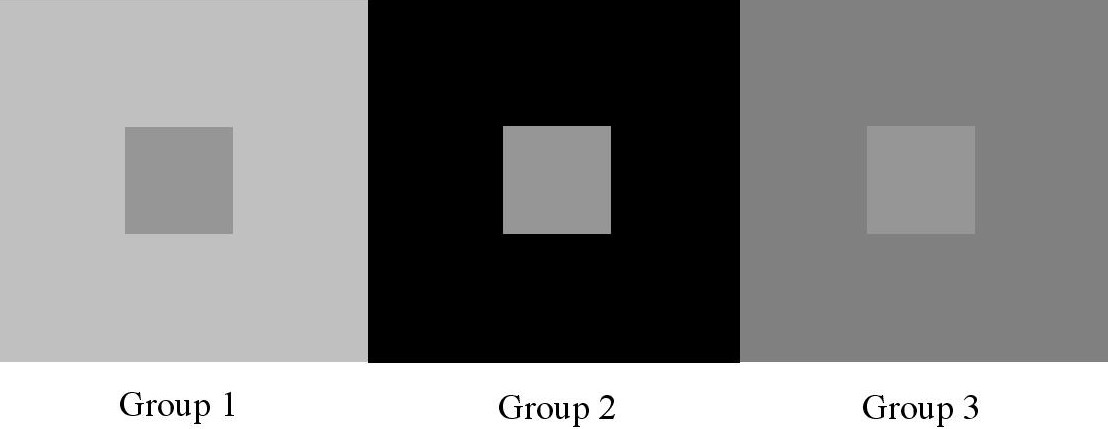Every day thousands of people experience two Tuesdays, Fridays or even two 18ths of November. All of this starts and ends in a monument to paradoxically patterned carpets, and unnervingly long corridors: the airport. This paradox, courtesy of time zones and fast traveling planes is the only instance where we can live the same day twice. The dreary symptoms of sleep deprivation which you enter inadvertently, after you have lived the same two days. Provide the best setting for reading a book in which an antique book seller is stuck, in-spite their best efforts, on their 18th, 18th of November. The book proceeds to tread familiar to us waters, tiled, chlorinated and well-ventilated. It contains in it, the same kernel of truth, the same small blue flame, wavering uncertain, as that in the movie Perfect Days.
The lucidity of this experience is best categorized by these works and their souls, most importantly their souls. It is not possible to express this feeling which is defined by empty space with something material. In order to describe the immaterial you have to describe everything around it. The more rich your illustration of a world, the more startling an absence in it.
The color of a shadow
Light in-between shadows takes on a special character. When surrounded by inky splotches of leaves, a portion of wall does not seem to be just bathed in the orange blaze of sunset, it seems a gilded inlay, with an onyx carving of a floral pattern.
In art, there is an essential concept known as contrast. Given a perfectly gray square it will appear dark gray in a pure white surrounding, light gray with a pitch black background. This applies too to color, if you have a saturated orange around a blue square its contrast is startling. Depending on the time of day, light takes on different tones. Midday, it is a blinding fluorescent bluish tone. In evening, it takes on a pleasing gold. Twilight, it becomes bluest, with the suns last rays reaching instead toward the stars. What color does the negative, the shadow take on? What is the color of a shadow?
A shadow is the color of all the light that does not cast it. Its color then is determined by its surroundings. In the dusk with a pomegranate-red cloud filled sky, shadows gain a reddish tinge. In the bright azure of a midday sky, a bluish tint. A shadow, by showing absence proves somethings existence. Its void, filled in by everything but the brightest light.
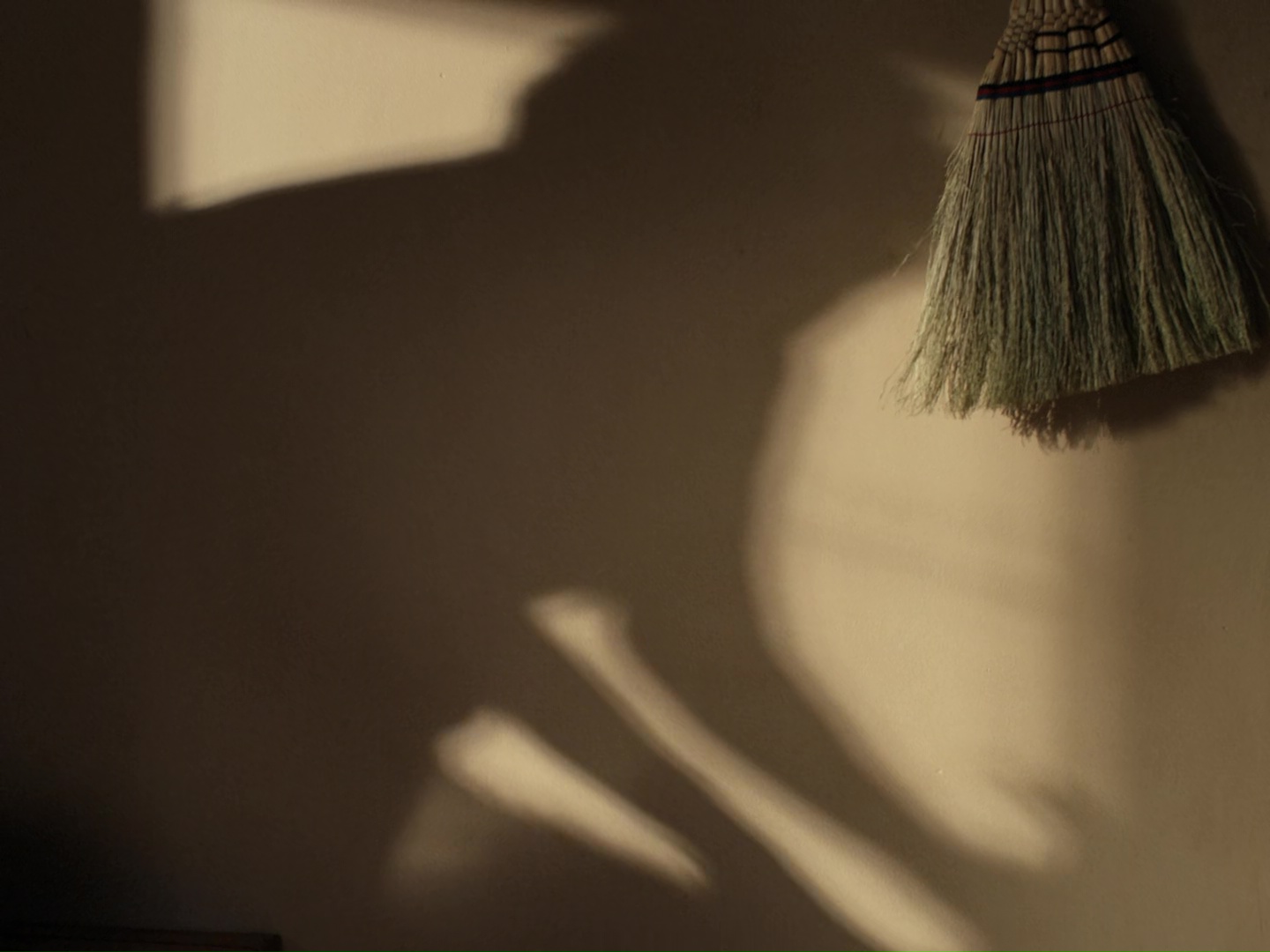
木漏れ日, Komorebi, ko-mo-re-bi, literally translated means trees (木) leaking (漏れ) sunlight (日). The light found in-between the shadows of leaves. A pretty word encapsulating in it a very interesting balance. Tree leaves, at the whims of the weakest breeze tremble and shift on their thin branches. Light filters through in ever shifting rays. The shadows they cast are never static. Just as a stream, constantly in motion so is the tree. A visual metaphor for time, the immediate moment.
Perfect Days starts with the daily routine of a content Japanese Janitor that cleans public bathrooms built by the government for the 2020 Olympics upended by an unexpected pandemic. “On the calculation of Volume” starts with the main character, Tara Selter, realizing that she is seeing the same piece of bread fall on a second 18th of November in a hotel lobby. Both stories, movie and novel, deal with shadow and light. More specifically komorebi, the shadows of nature and sunlight.
Perfect Days

In Perfect Days, there is a scene where after his perfected daily routine he returns and falls asleep. In his dream a collage of patterns play, moments in his day where he saw the shadows of leaves. In the middle, a phrase fades in: に影の ni kage no, in the shadow. The shadows here represent the immaterial, the shadows of a dream. Shadows are the inner self, the ego, the turmoil characters face. Sunlight, light, then is happiness, contentment in the character. Listening to his cassettes in the fading embers of the day, sunlight resting on his eyelids, the melody gently swelling and filling the room.
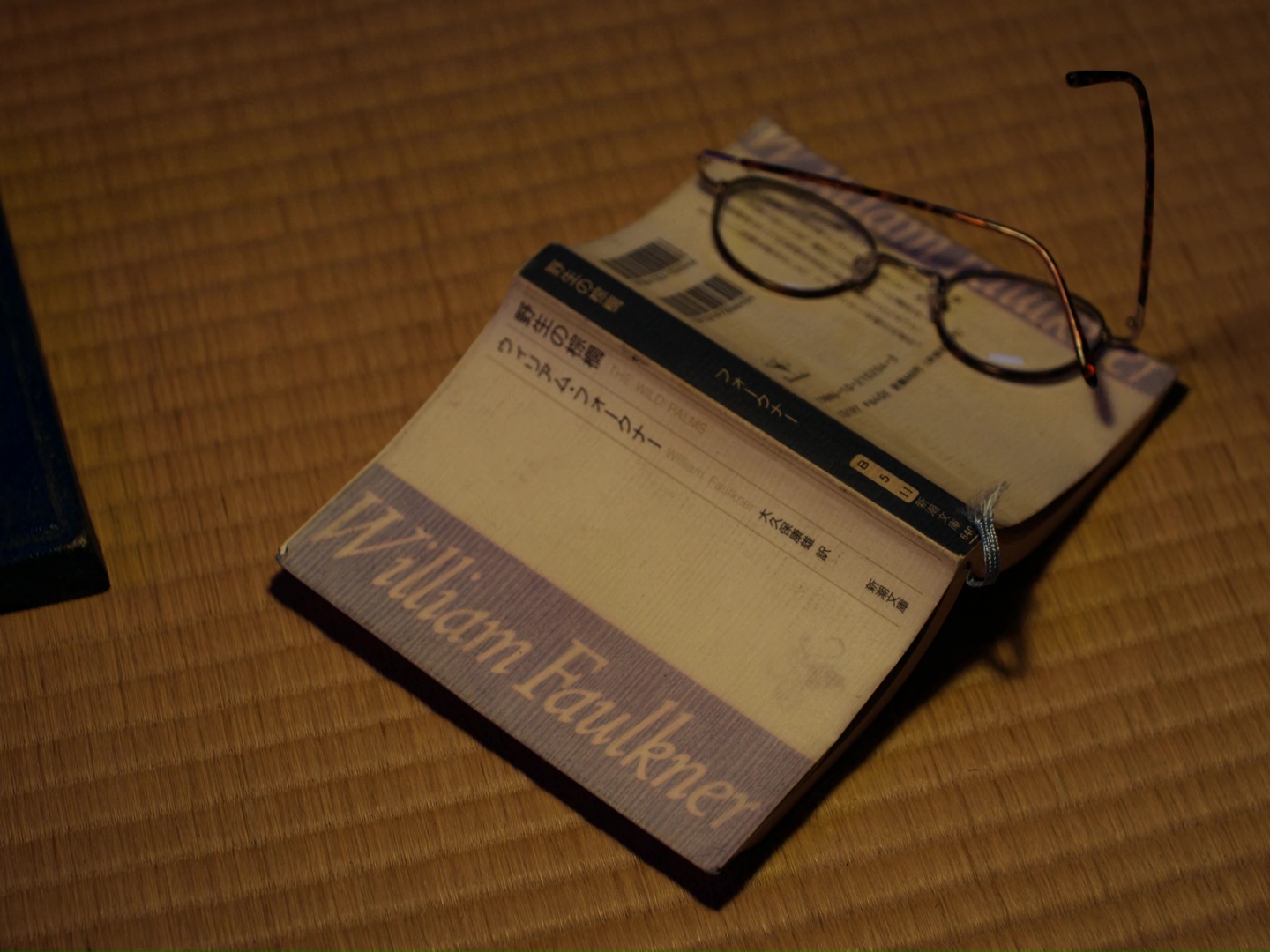
“Because if memory exists outside of the flesh it wont be memory because it wont know what it remembers so when she became not then half of memory became not and if I become not then all of remembering will cease to be.—Yes, he thought, between grief and nothing I will take grief.” - Wild Palms, William Faulkner
Reads the janitor in his routine on the tatami mats before sleep. Existentialism runs its undercurrent through the movie. Anything is better then non-existence, even if only grief is left, grief becomes the proof of existence. The janitor, separated in his own carefully arranged world takes pleasure in both the shadow and light, komorebi. Literally, with his photos of trees stacked in carefully arranged metal boxes, or his small potted forest of bonsai, and figurately, with the intense attention and seriousness he gives the daily human interactions which, in great effort aim to upend his carefully arranged world.
The plot functions as a antagonist of the mundane to the janitors rigid world. It begins with a small roadblock, the unexpected appearance of his sisters niece at his doorstep. His coworker then disappears from the job. His romantic interest suddenly has a sudden visitor. This storm of challenges leave him shipwrecked towards the end of the movie on the riverside. He pulls out a beer can and lights a cigarette, coughing heavily, long uncustomed to its smoke. The sudden visitor suddenly appears. He says he has cancer, an ex-husband making amends. The janitor offers a cigarette and beer. The visitor wonders: “Shadows, do they get darker when they overlap?” The janitor, home, dreams of water and time. Morning comes, driving, emotions play across his face: sadness, happiness, and the in-between. Just as he looks at the gold flecks mixing into the inky outlines of maple leaves, so to does he move through the complicated emotions of his life. If there is one thing he has learned in his many years it is to appreciate the whole. The whole of our imperfect world. He is an imperfect Nietzsche’s Overman. Someone that through difficulty, will always find beauty. His own words earlier in the film reflect this: “Kondo wa kondo,” Next time is next time, “ima wa ima,” now, is now.
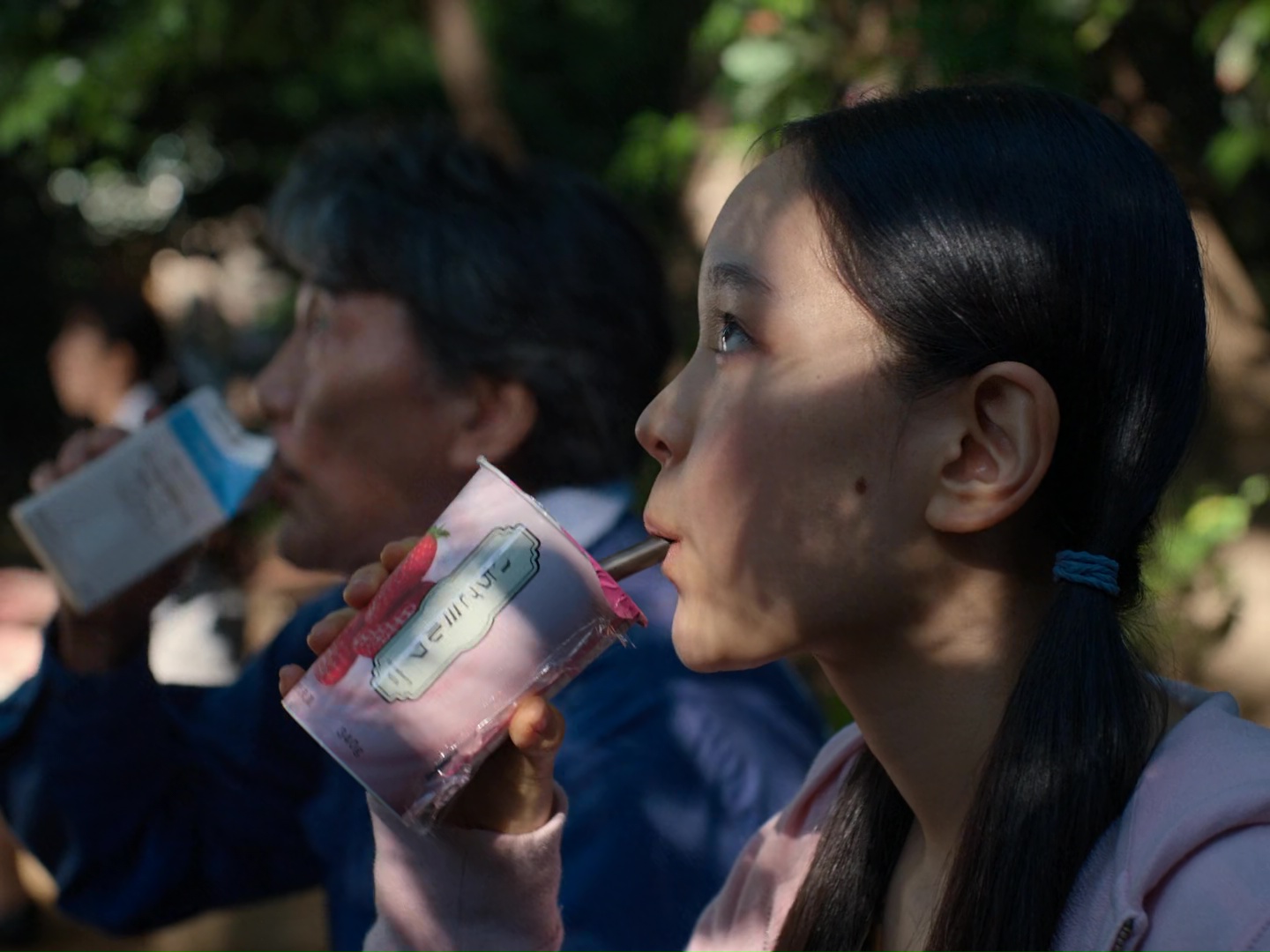
On the calculation of volume
The sun slowly, slowly weaves its way down among the puffs of clouds. You notice the bright blue bird taking the same winding pattern from tree to house. A tree swings in the wind, eventually, it will dislodge exactly 5 leaves, 2 of which will land in a small puddle. As time falls apart, you wonder at what makes someone human.
For Tara Selter, the protagonist of Solvej Balle’s cruel fictional world, this is her reality. As of writing this I am midway through the second book of this 7 book series by Solvej Balle. A perfectly fitting perspective from which to approach this books old-as-science-fiction concept. As with a day that never ends. Being in the midst of it, an unfinished, perhaps never finished reading fits right in. Her character, a product of the suddenly changed environment is stood up against a mirror. One which with its perfect surface reflects only her.
So as she moves through the story we see by way of her interaction and sometimes just observation, a reflection of us, and by extension, humanity. A reflection is in its essence a shadow. A shadow that takes residence in a mirror. Tara Selters presence in the world through her inability to participate in its time is reduced to that of a shadow. Something that represents everything by omitting the most important aspect of our existence, time.
“The telescope was a mistake. Or rather, it was a mistake if I thought it could make monsters smaller.” - On the Calculation Of Volume I, Solvej Balle
A tipping point of the first novel, Tara Selter realizes that her existence is, in effect devouring the world. Or, from a different perspective, it is becoming a part of her. As interactions loose their meaning through their frustrating impermanence, Taras reasoning becomes more and more irrational. However, while her existence might not literally be devouring the world, the essence of this belief points to her acknowledgment of her certain reality. As she, and wholly and uniquely only she is the persisting observe of this peculiar universe. Just as every time you re-read a book or re-watch a favorite show, the essence of it, fixed in time, becomes wholly a product of your own interpretation. Without outside influence, the world Tara Selter inhabits becomes the world she imagines. Looking through a telescope that charts the skies. Every star she sees, becomes apart of her world. Every person, another part of her story.
How then, do you come to accept this? Is it possible to come to terms with complete exile from time? In observing the shadows of leaves on a wall, is the beauty we find in them a product of their randomness. Their guarantee of always providing a unique, in each droplet of time, moment that was previously to the world and us wholly unknown? What happens then if we know the pattern, know the chance arrival of a butterfly, or know the first drop of rain from a autumn shower? It seems that time then, is what is beautiful. Its passage and finiteness. The knowledge that one moment will happen once.
Towards the middle of the second book, Tara Selter sets out in an obsession of recreating the seasons. Norway has the snow, Spain the eternal summer. Posed with its absence, Tara chooses to recreate time. However, every step of the way she encounters moments. These moments, while remembered by only her give the true meaning to her exile. In seeking temporary refuge in a meaningless goal. Her true purpose is to collect these moments. The time spent with her family for example in a impromptu out of season Christmas. Even within the frame of a single 18th of November, Tara Selter will never run out of moments. One could even twist it into an optimistic view. Even a single day of our lives holds more possibilities then we can explore in a lifetime. The world, is your oyster.
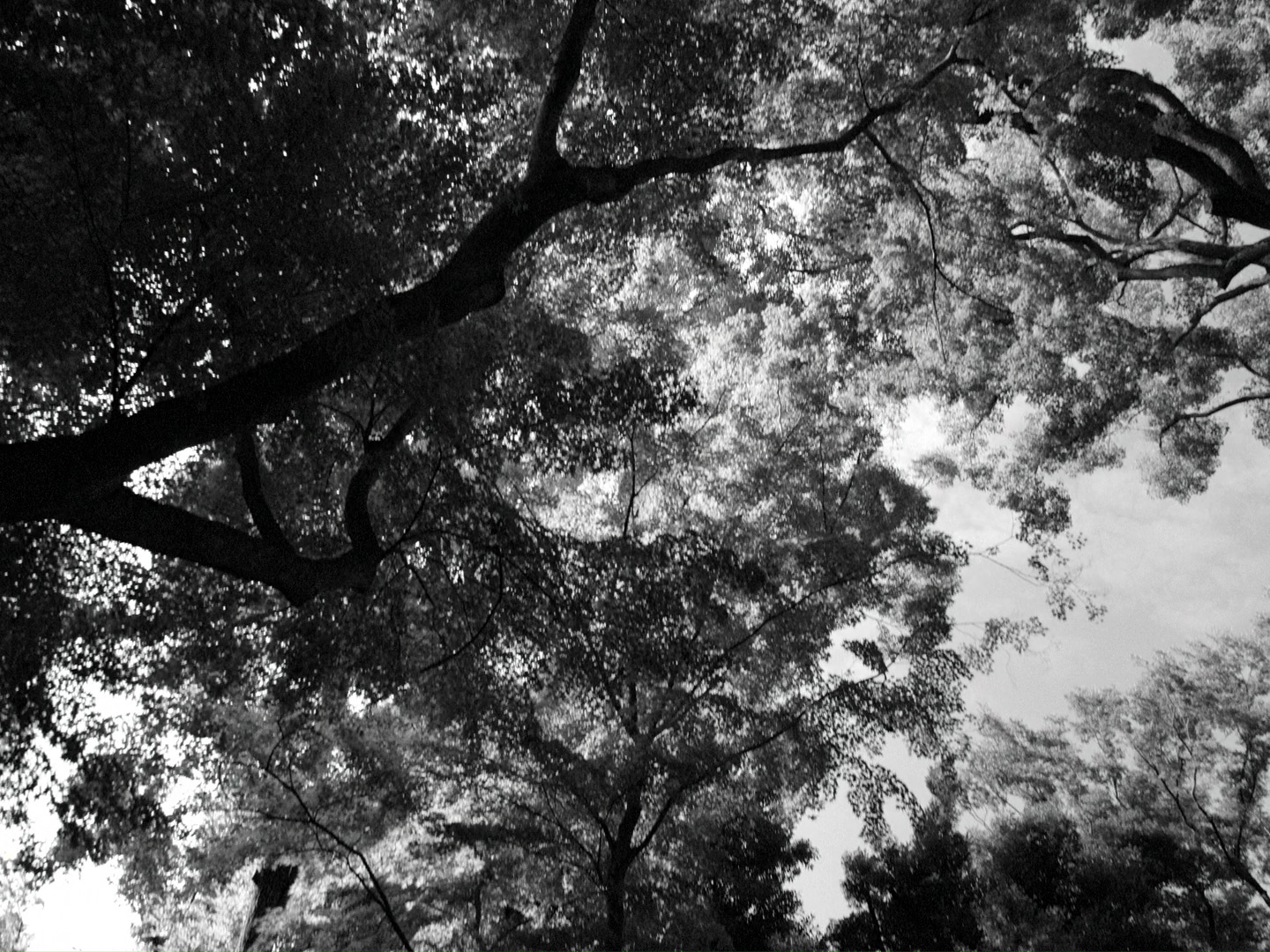
Sunlight and tree leaves, appreciation of the brief, the intangible. Life, seeing it through the eyes of one dedicated janitor, is beautiful. No matter the storm, the suffering, he prevails. Time is too precious to waste. As we see with Tara Selters world, a single day holds a lifetime. Our days are spent in the forest. Shadows interlinked with sunlight. Life interlinked death. Kaleidoscopes of contradiction, grief and happiness. Komorebi. The interplay is the beauty, without one there is not the other. To see then, the light in the shadows. To understand their color and their shape. To understand lights absence. That is to me, what komorebi stand for.
